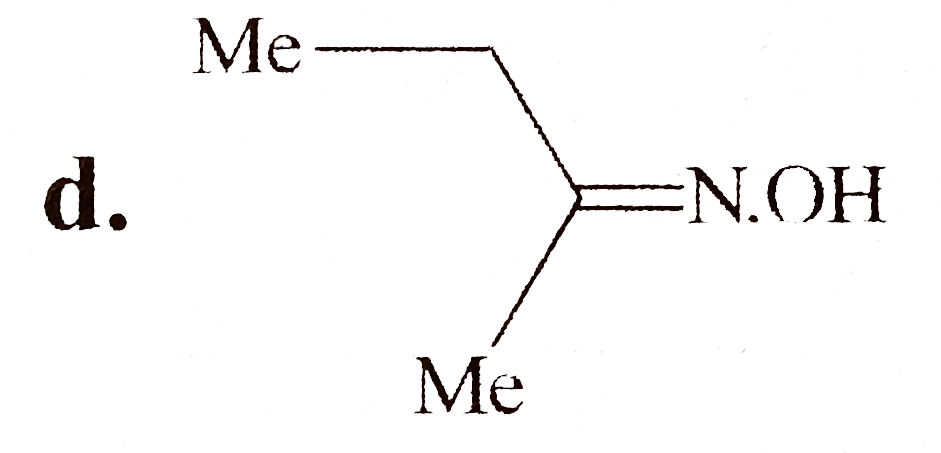Which among the shows cross -fertilization despite being a hermaphordite ? a. Cockroach b. Leech c. Earthworm d. Sponges
c and d only
a only
b,c,and d
a,b and c
To solve the question "Which among the following shows cross-fertilization despite being a hermaphrodite?" with the options: a. Cockroach b. Leech c. Earthworm d. Sponges, we can follow these steps:
1. Understand the Terms:
- Cross-fertilization: This is the process where male and female gametes from different individuals fuse together.
- Hermaphrodite: An organism that possesses both male and female reproductive organs.
2. Analyze Each Option:
- Cockroach:
- Cockroaches are not hermaphrodites; they have separate male and female individuals. Therefore, they do not fulfill the criteria of being hermaphrodites.
- Conclusion: Excluded.
- Leech:
- Leeches are hermaphrodites, meaning they have both male and female reproductive organs.
- They also undergo cross-fertilization, as they exchange sperm with another leech during mating.
- Conclusion: This option is correct.
- Earthworm:
- Earthworms are also hermaphrodites, possessing both male and female reproductive structures.
- They engage in cross-fertilization by aligning themselves and exchanging sperm with another earthworm.
- Conclusion: This option is correct.
- Sponges:
- Most sponges are hermaphrodites as well.
- They typically produce eggs and sperm at different times, leading to cross-fertilization when they release sperm into the water to fertilize eggs of another sponge.
- Conclusion: This option is correct.
3. Final Answer:
- The organisms that show cross-fertilization despite being hermaphrodites are Leech (b), Earthworm (c), and Sponges (d). Therefore, the correct answers are b, c, and d.
- Cross-fertilization: This is the process where male and female gametes from different individuals fuse together.
- Hermaphrodite: An organism that possesses both male and female reproductive organs.
- Cockroach:
- Cockroaches are not hermaphrodites; they have separate male and female individuals. Therefore, they do not fulfill the criteria of being hermaphrodites.
- Conclusion: Excluded.
- Leech:
- Leeches are hermaphrodites, meaning they have both male and female reproductive organs.
- They also undergo cross-fertilization, as they exchange sperm with another leech during mating.
- Conclusion: This option is correct.
- Earthworm:
- Earthworms are also hermaphrodites, possessing both male and female reproductive structures.
- They engage in cross-fertilization by aligning themselves and exchanging sperm with another earthworm.
- Conclusion: This option is correct.
- Sponges:
- Most sponges are hermaphrodites as well.
- They typically produce eggs and sperm at different times, leading to cross-fertilization when they release sperm into the water to fertilize eggs of another sponge.
- Conclusion: This option is correct.
- The organisms that show cross-fertilization despite being hermaphrodites are Leech (b), Earthworm (c), and Sponges (d). Therefore, the correct answers are b, c, and d.
Similar Questions
The earthworm employ cross fertilization in which
View SolutionConsider the following statements: a. All oviparous organisms exhibit external fertilization. b. Hermaphrodites can show cross fertilization. c. New individual can develop from ovum (without fusion with sperm) .Which of the above mentioned statements are incorrect?
View Solution
Knowledge Check
Collar cells are characteristic of
(a) acorn worms
(b) earthworms
(c) roundworms
(d) spongesAacorn wormsBearthwormsCroundwormsDsponges
Select the odd one w.r.t. organism and its corresponding respiratory organ/structure.
(a) Earthworm- Nephridia
(b) Cockroach-Tracheal tubes
(c) Sponges - Body surface
(d) Tadpole of frog - Gills
View SolutionWhich of the following match is correct?
(a) Cockroach-crustacea
(b) Pila-Pelecypoda
(c) Spider-arachnida
(d) Unio-gastropoda
View SolutionAmong the following, the correct options for pre- fertilization events are:
(a.) Gametogenesis
(b.) Gametes transfer
(c.) Growth of pollen tube
(d.) Syngamy
(e.) Embryogenesis
View SolutionMatch the column I with column II and choose correct option. Column I Column II A. Earthworm 1. Gizzard B. Cockroach 2. Caecum C. Frog 3. Clitellum D. Rat 4. Cloaca
View SolutionWhich of the following show G.I.?
a.
b.
c.
d.
View SolutionWhich one of the following statements is correct?
(a) Fertilization in human takes place in womb
(b) Zygote contains haploid number of chromosomes
(c) Fertilization membrane avoids polyspermy
(d) Primary oocyte inhibits the process of oogenesis
View SolutionWhich one exhibits concentric tube-within-tube plan ?
(a) Arthropoda
(b) Oligochaeta /Earthworm
(c) Mollusca
(d) Echinodermata
View Solution
